

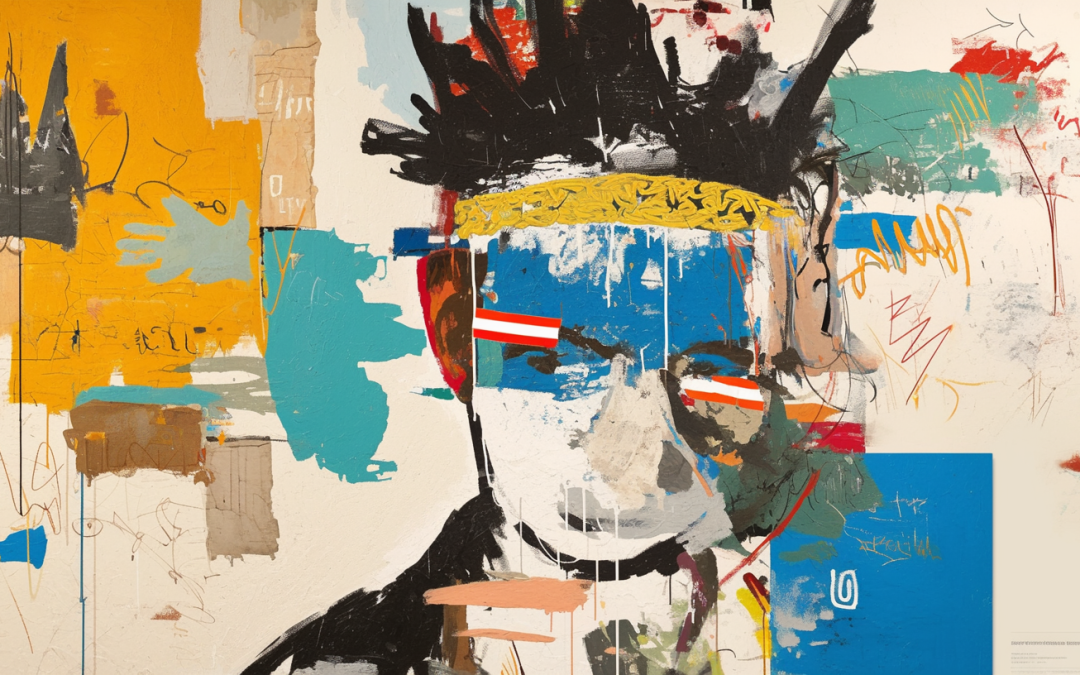
“Rare Pairing: Basquiat’s Untitled (1982) and Imperial Roman Venus Sculpt

Thematic Preface: Venus in Dialogue
Throughout the ages, the representation of Venus has captivated the human imagination. From the sublime marble statues of ancient Rome to the powerful brushstrokes of modern art, the goddess of love and beauty has been an enduring symbol of femininity, desire, and artistic inspiration. In an extraordinary exhibition titled “Venus,” Gagosian presents a unique pairing of artworks that spans over a thousand years of history.

At the center of this exhibition is Jean-Michel Basquiat’s significant painting from his celebrated “Modena” series: “Untitled” (1982). Combining graffiti-style elements, rich symbolism, and bold colors, Basquiat’s work is a testament to his raw talent and profound understanding of cultural and socio-political themes. This masterpiece serves as a modern interpretation of Venus, evoking the complexities of love, identity, and race in contemporary society.
In dialogue with Basquiat’s painting is an Imperial Roman sculpture of the goddess Venus. Carved with meticulous detail by skilled hands almost two thousand years ago, this sculpture embodies the Classical ideal of female beauty while reflecting the Romans’ reverence for Greek mythology. Its serene and ethereal presence transports us to a bygone era, reminding us of the eternal fascination with Venus throughout history.

Through this juxtaposition of ancient and contemporary art, “Venus” invites us to reflect on the enduring power and allure of the goddess in our collective consciousness. It prompts us to ponder the similarities and differences between the past and the present, exploring how the depiction of Venus has evolved and transformed over time.
As we immerse ourselves in this exhibition, let us trace the echoes of Venus in art, philosophy, and culture, contemplating the universal themes of beauty, love, and the human connection that have resonated across civilizations. “Venus” ignites a dialogue that transcends time and invites us to explore the depths of our own humanity in the presence of these remarkable masterpieces.
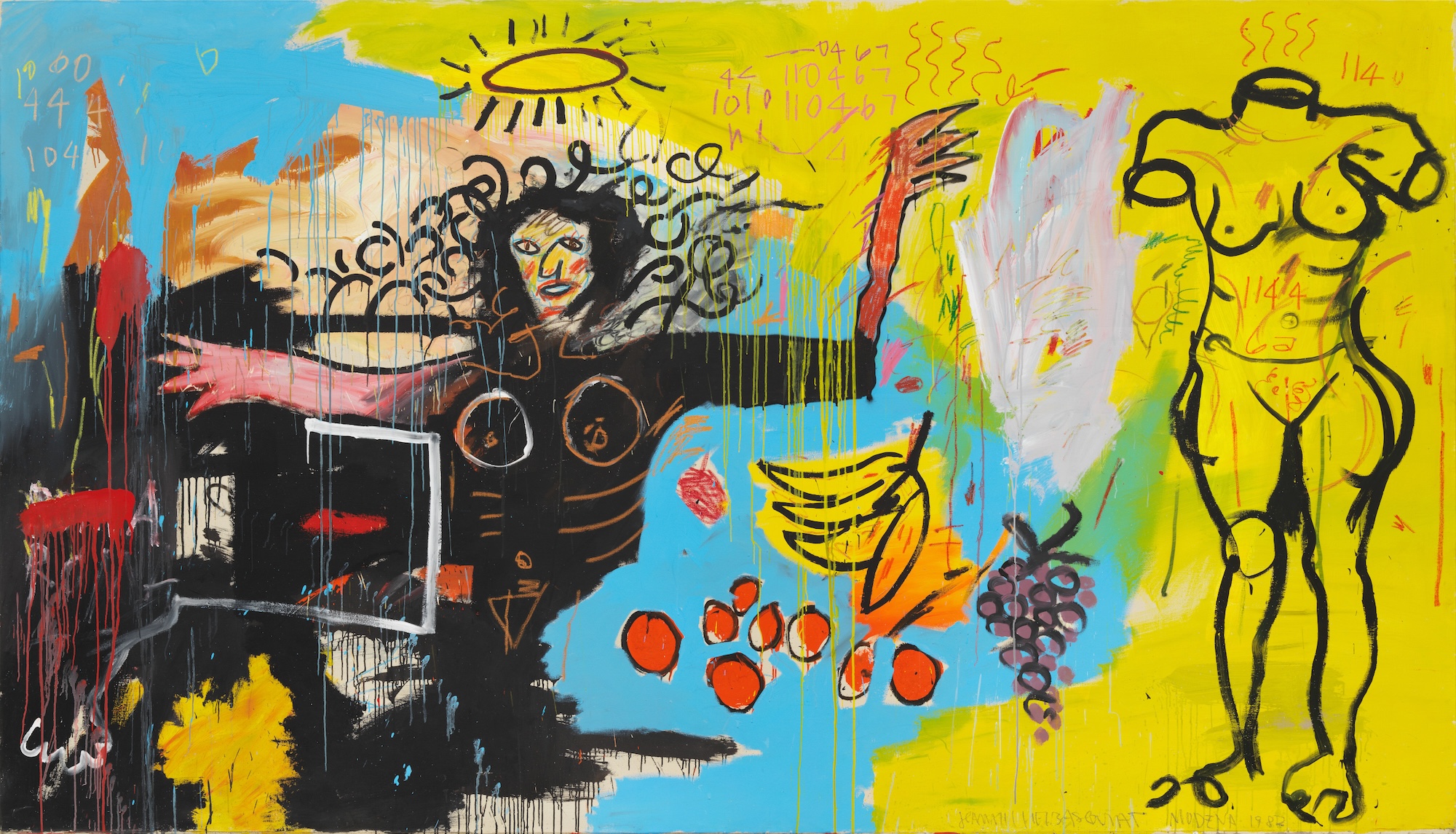
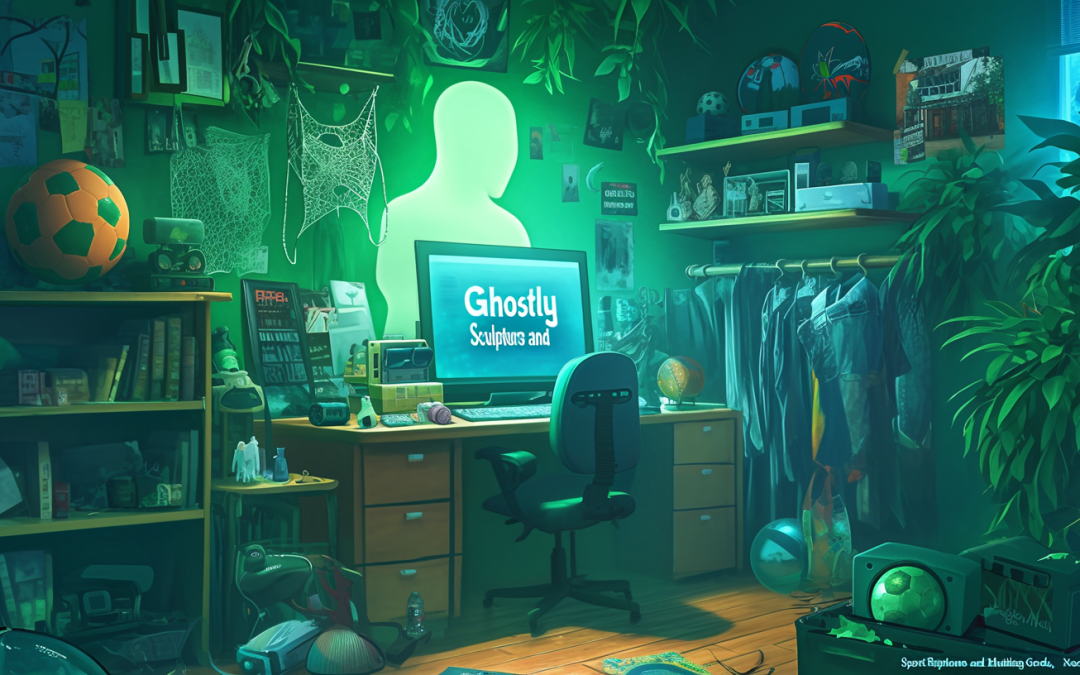
“Ghostly Sculptures and Multimedia Art: Sporting Goods, No Place Like Home”

No Place Like Home: A Thematic Exploration of Ghostly Sculptures
In the realm of artistic expression, the intertwining of history and contemporary culture often gives rise to profound insights and captivating narratives. This thematic exploration delves into the world of ghostly sculptures through a new body of work titled Sporting Goods: No Place Like Home. Accompanied by mesmerizing large-format sculptures, performances, films, and sound work, this collection serves as a thought-provoking exploration of the human experience.
The Ghostly Presence
Throughout the annals of history, the concept of ghosts has fascinated and intrigued individuals across cultures and continents. From ancient folklore to modern paranormal tales, the idea of spirits lingering in our physical world has been a constant source of speculation and wonder. Sporting Goods: No Place Like Home invites us to ponder the ghostly presence and how it manifests in the form of ethereal sculptures.
A Historical Resonance

To truly appreciate the significance of these ghostly sculptures, one must understand their historical resonance. In ancient times, sculptures played a pivotal role in religious rituals and cultural practices, representing the known and the unknown. From the awe-inspiring statues of ancient deities to the haunting relics of forgotten civilizations, sculptures have long been seen as vessels for communicating with otherworldly beings.
“There is something enigmatic and otherworldly about the way these sculptures, spanning across time and space, connect with us on a deeper level.”
As time progressed, sculptures evolved to take on various artistic styles and mediums. The Renaissance period witnessed a surge in lifelike sculptures, delicately crafted to capture the essence of the human form. Fast forward to the twentieth century, and we witness the emergence of abstract sculptures, pushing the boundaries of conventional representation. Today, contemporary artists continue to break new ground, using sculptures to explore and express the intangible aspects of our existence.
Unveiling Sporting Goods
Sporting Goods: No Place Like Home unveils a mesmerizing new body of work that brings ghostly sculptures into the limelight. Crafted from PLA (polylactic acid), these drawn sculptures embody a sense of ephemeral existence, blurring the lines between the tangible and the intangible. Like spirits caught in a momentary glimpse, these ethereal forms invite viewers to contemplate the fleeting nature of human life.
A Multi-Dimensional Experience

What sets this collection apart is its integration of various artistic mediums to create a multi-dimensional experience. Large-format sculptures, meticulously designed to evoke a sense of awe, stand alongside mesmerizing performances, films, and auditory elements. This fusion of artistic expressions amplifies the ghostly atmosphere, immersing the audience in a world where reality and the supernatural subtly intertwine.
“Sporting Goods: No Place Like Home signals a new era of artistic exploration, where the historical and contemporary merge to create something truly extraordinary.”
As we navigate the labyrinth of Sporting Goods, we are invited to question our own presence in the physical world and the perpetual search for a sense of belonging. In contemplating these ghostly sculptures, we are encouraged to reflect on our own transient existence and the significance of finding solace in our collective human experience.
Join us as we embark on a journey through time and space, exploring the ghostly realm through the artistic lens of Sporting Goods: No Place Like Home. Prepare to be captivated, enlightened, and transformed by this unmissable collection.
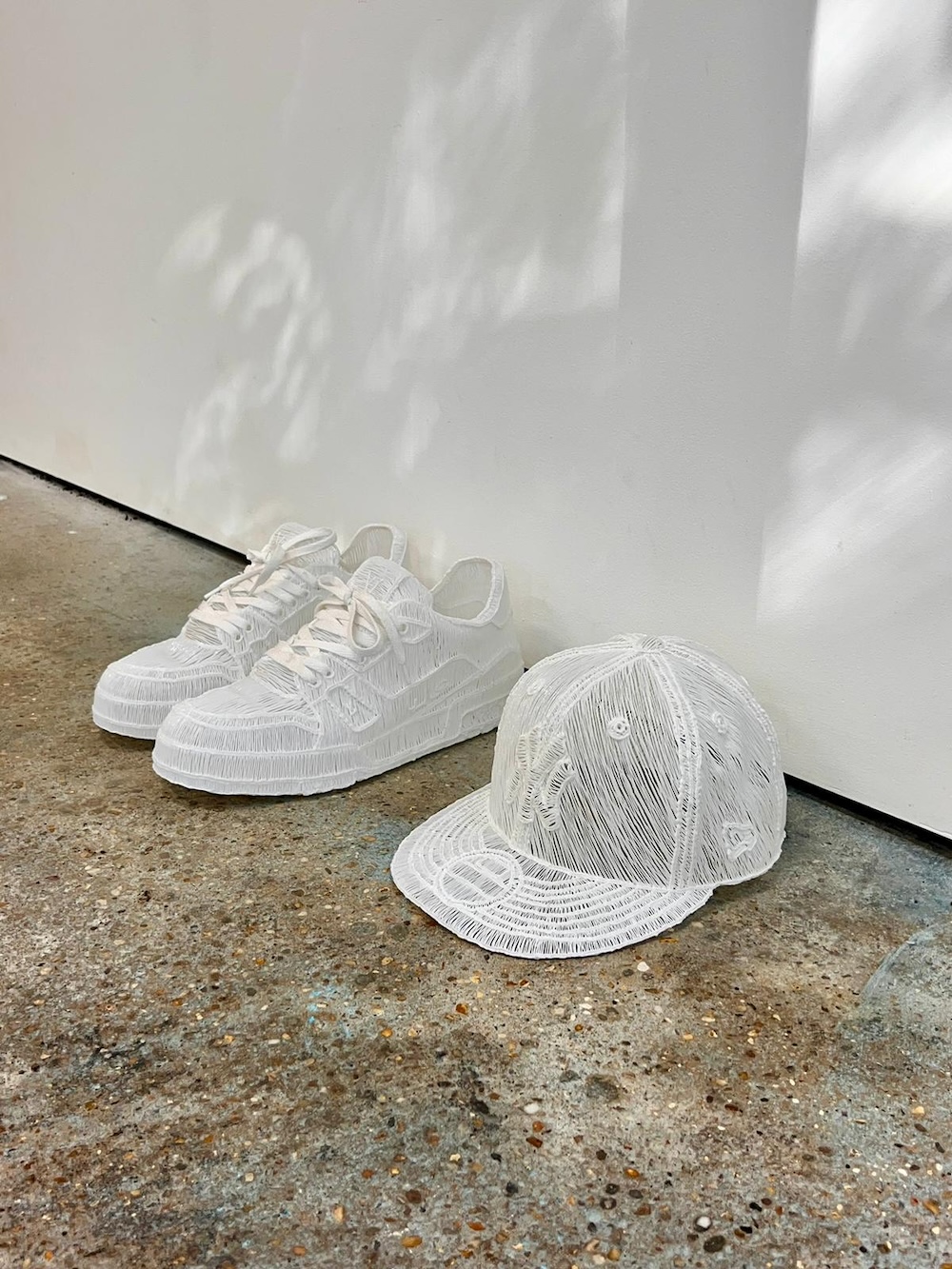
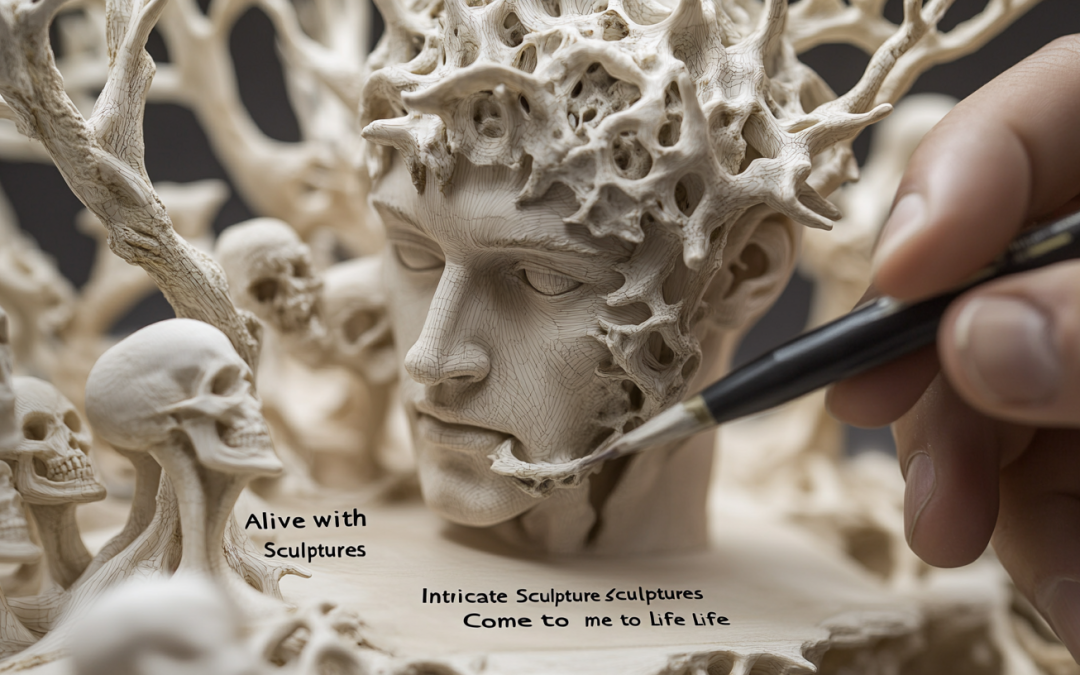
“Alive with Detail: Intricate Sculptures Come to Life”

Intricate sculptures that feel like they could burst into life
Human beings have been fascinated with bringing inanimate objects to life for centuries. From ancient mythologies to modern science fiction, we have continually sought to animate our creations, blurring the line between reality and imagination. One medium that has captivated artists throughout history is sculpture, where skilled craftsmen breathe life into cold, hard materials.

The art of sculpture dates back to prehistoric times, with early humans fashioning sculptures from stone, bone, and ivory. These primitive creations served spiritual, religious, and ceremonial purposes, allowing individuals to connect with the divine realms or commemorate the deceased. Over time, sculptors refined their techniques, honing their skills to transform lifeless materials into awe-inspiring works of art.
Throughout documented history, sculptors from various civilizations have left their mark, revealing the inner depths of human creativity and ingenuity. The ancient Greeks, with their marblesque statues carved with breathtaking precision, conveyed the beauty and nobility of the human form. Artists during the Renaissance, such as Michelangelo and Donatello, breathed life into their sculptures, capturing intricate details and complex emotions.

Fast forward to the contemporary era, and the art of sculpture continues to flourish in new and exciting ways. Modern sculptors embrace an array of materials beyond the traditional, including metal, glass, and even found objects. They explore abstract shapes, pushing the boundaries of what is possible, while also incorporating new technologies and techniques into their artistic process.
In this article, we delve into the captivating world of sculpture, highlighting artists who masterfully animate their creations, imbuing them with a sense of vitality that can almost deceive the eye. We explore how historical and cultural contexts have shaped the art of sculpture, while also examining the contemporary trends and influences that shape the evolution of this timeless art form.
Join us on this journey as we examine the intersection of craftsmanship, imagination, and human spirit, where intricate sculptures feel like they could burst into life.
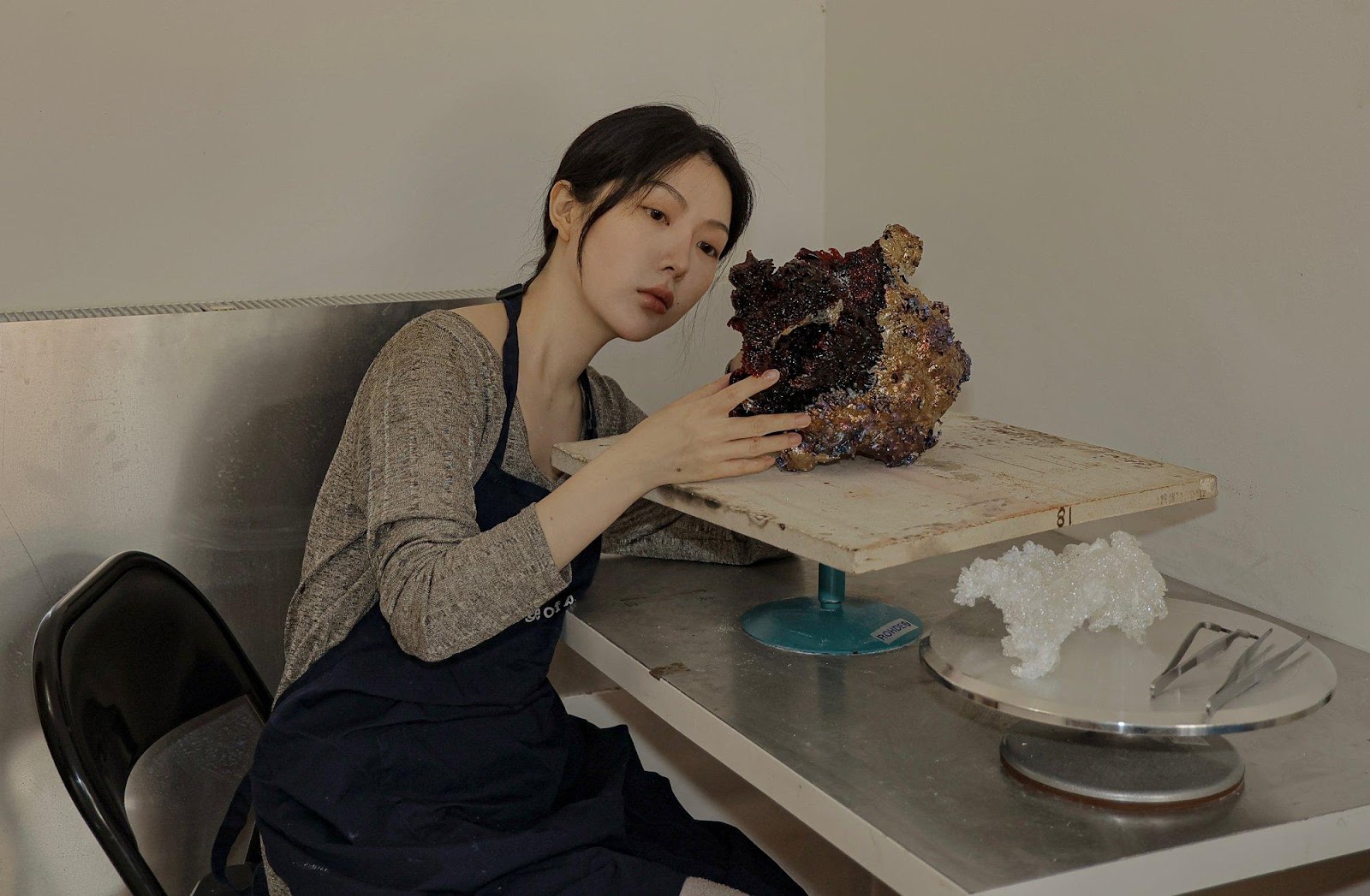

“Meta CEO Mark Zuckerberg Unveils 7-Foot-Tall Statue of Wife on Instagram”

Title: The Future Trends of Art, Technology, and Social Media: Analyzing Mark Zuckerberg’s Instagram Post
Introduction:
A recent Instagram post by Meta CEO, Mark Zuckerberg, showcasing a statue resembling his wife, Priscilla Chan, has sparked discussion and speculation. This statue, created by artist Daniel Arsham, has led to various online comparisons and jokes. However, beyond the humorous reactions, this post opens up a broader conversation on future trends in art, technology, and social media. In this article, we will explore these themes, make predictions, and provide recommendations for the industry.
Artistic Expression and Technology:
The Instagram post by Zuckerberg highlights the intersection of art and technology. Art has always been an expression of creativity, culture, and ideas. With the advancement of technology, artists now have new mediums to explore their artistic vision. Augmented reality (AR), virtual reality (VR), and 3D printing are revolutionizing the creative process. In the future, we can expect artists like Arsham to continue pushing the boundaries of traditional art forms, creating immersive experiences that blend physical and digital elements seamlessly.
Enhanced Social Media Experiences:
Social media platforms have become integral parts of our daily lives, shaping the way we communicate, share, and consume content. Zuckerberg’s Instagram post is a testament to how social media can enhance our experiences. In the future, we can expect social media platforms to integrate AR features, allowing users to interact with digital art and sculptures in their own environments. This will enable users to have more immersive and personalized experiences, blurring the lines between physical and digital realities.
The Evolution of Personal Branding:
Zuckerberg’s decision to commission a statue resembling his wife raises questions about personal branding. As individuals become more prominent figures in the digital space, personal branding becomes crucial. We can predict a future where personal branding extends beyond curated social media profiles to include physical representations of oneself. This could involve the creation of personalized avatars, statues, or even holograms that reflect an individual’s persona and values. Such representations can act as symbols of identity and self-expression in the digital age.
Ethical Considerations and Labor Practices:
Arsham’s recent involvement in an accusation of violating national labor laws sheds light on the ethical considerations within the art industry. As digital platforms continue to amplify artists and their creations, it becomes crucial to ensure fair practices and proper compensation for all involved. It is predicted that in the future, there will be a greater emphasis on transparency, fair labor practices, and the ethical sourcing of materials within the art industry. This will help establish a sustainable and equitable ecosystem for artists, creators, and their collaborators.
Conclusion:
Mark Zuckerberg’s Instagram post featuring a statue resembling his wife not only sparked online discussion but also highlighted potential future trends in art, technology, and social media. The intersection of these domains will result in immersive art experiences, enhanced social media interactions, personalized branding, and ethical considerations. As these trends continue to evolve, it is important for industry stakeholders to embrace innovative technologies while prioritizing ethics and fairness. The future of art, technology, and social media is undoubtedly exciting, and it will be intriguing to witness the transformative impact it brings.
References:
1. Associated Press. (2022, July 20). Zuckerberg statue of his wife prompts Roman comparisons. Associated Press. Retrieved from https://apnews.com/article/entertainment-technology-arts-and-entertainment-8b945c2b6bc38d9a5bae56e85a79d73d
2. Fotografiska New York. (n.d.). Daniel Arsham: Phases. Retrieved from https://www.fotografiska.com/exhibition-archive/daniel-arsham-phases/
3. Grierson, J. (2022, August 1). Why the Daniel Arsham Statue Associated With Mark Zuckerberg Caused a Stir. Architectural Digest. Retrieved from https://www.architecturaldigest.com/story/mark-zuckerberg-statue-daniel-arsham?intcid=inline_amp
4. Zimmerman, L. (2022, July 29). Daniel Arsham Accused of violating labor laws his studio. Art News Briefs. Retrieved from https://www.artnews.com/art-news/news/daniel-arsham-accused-labor-laws-studio-art-1234637957/.